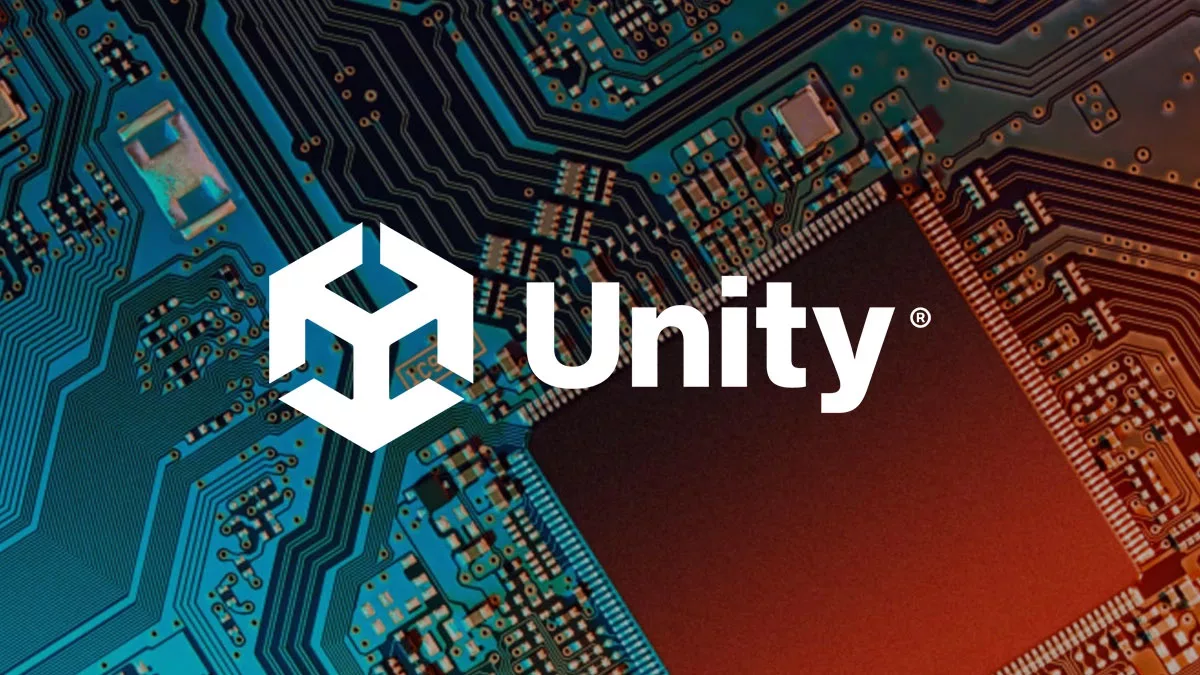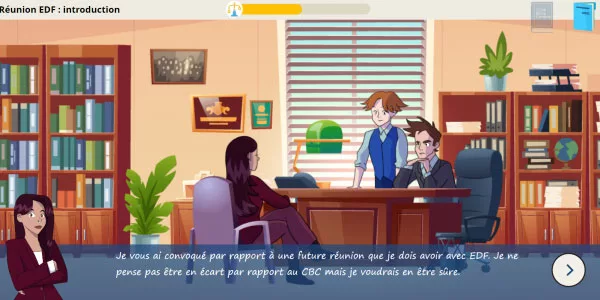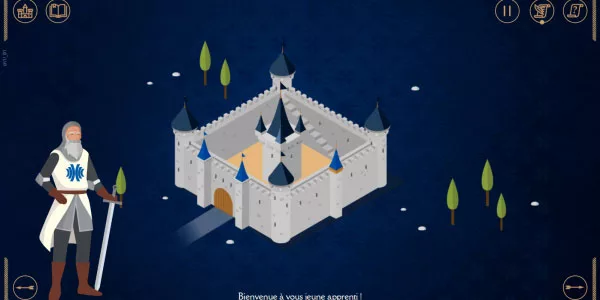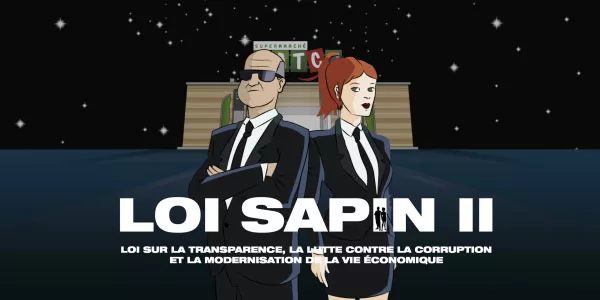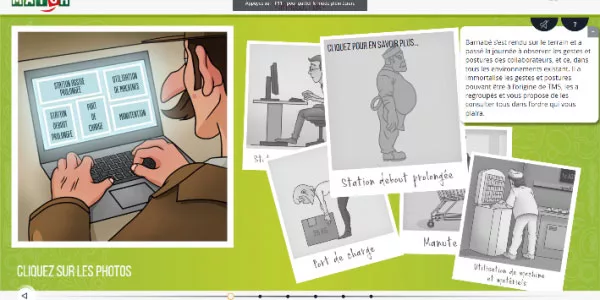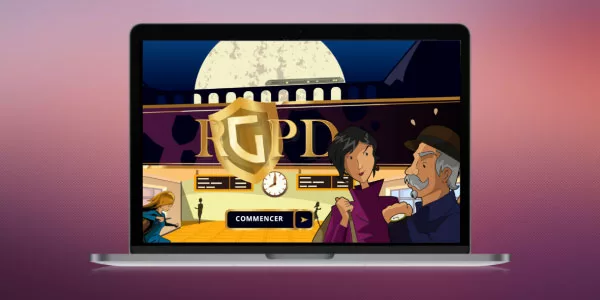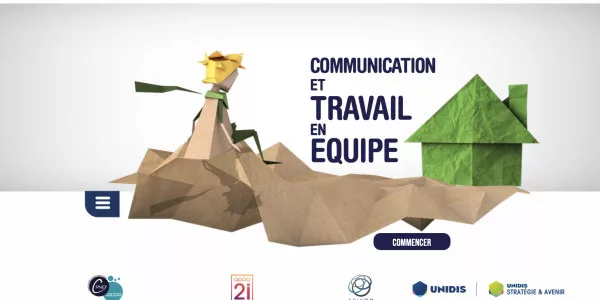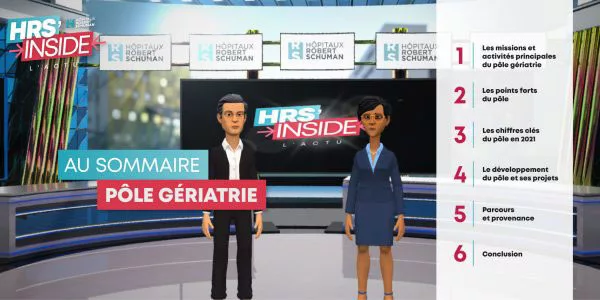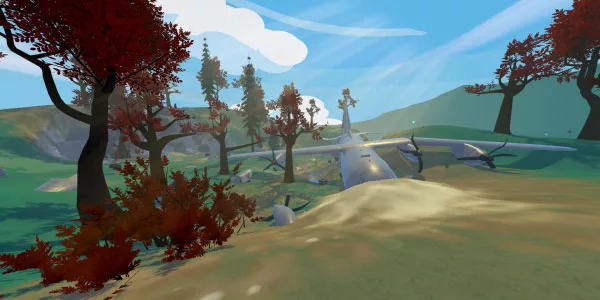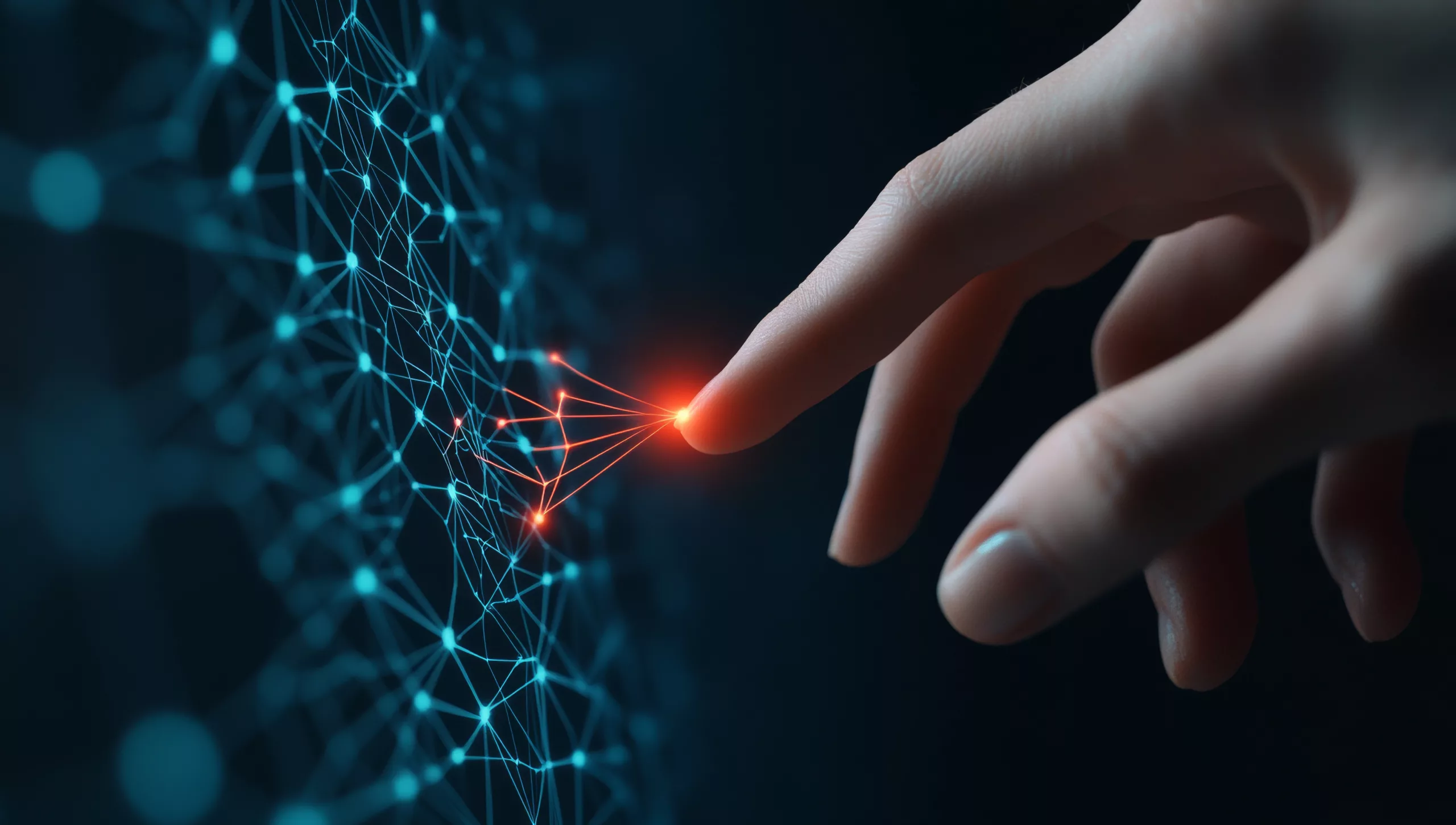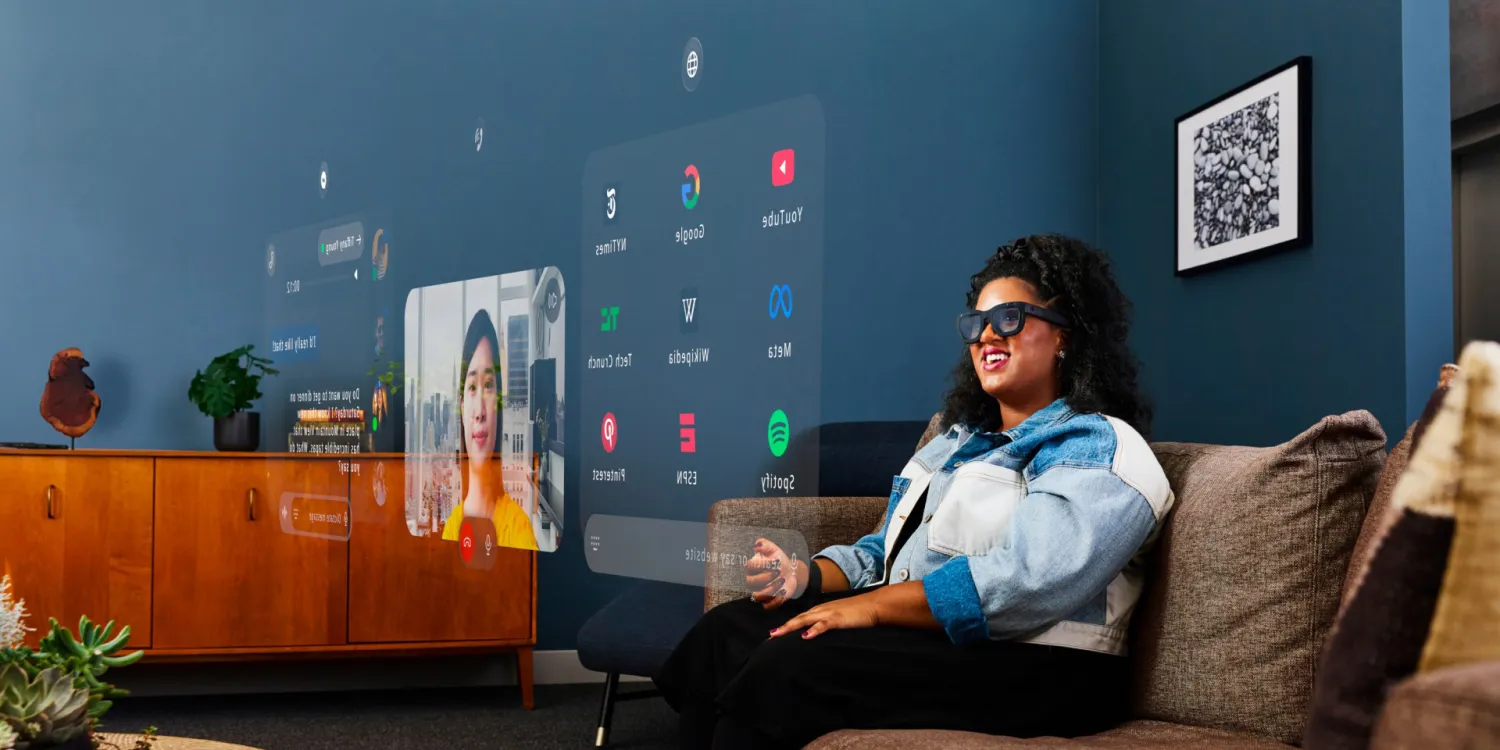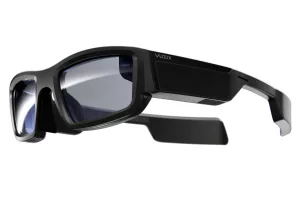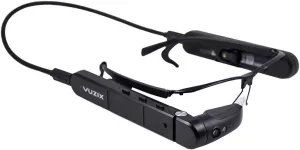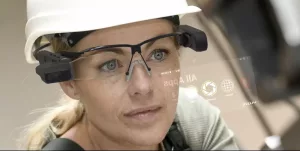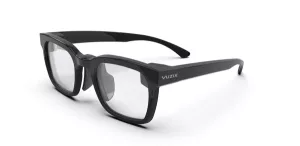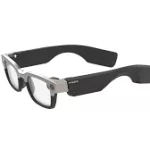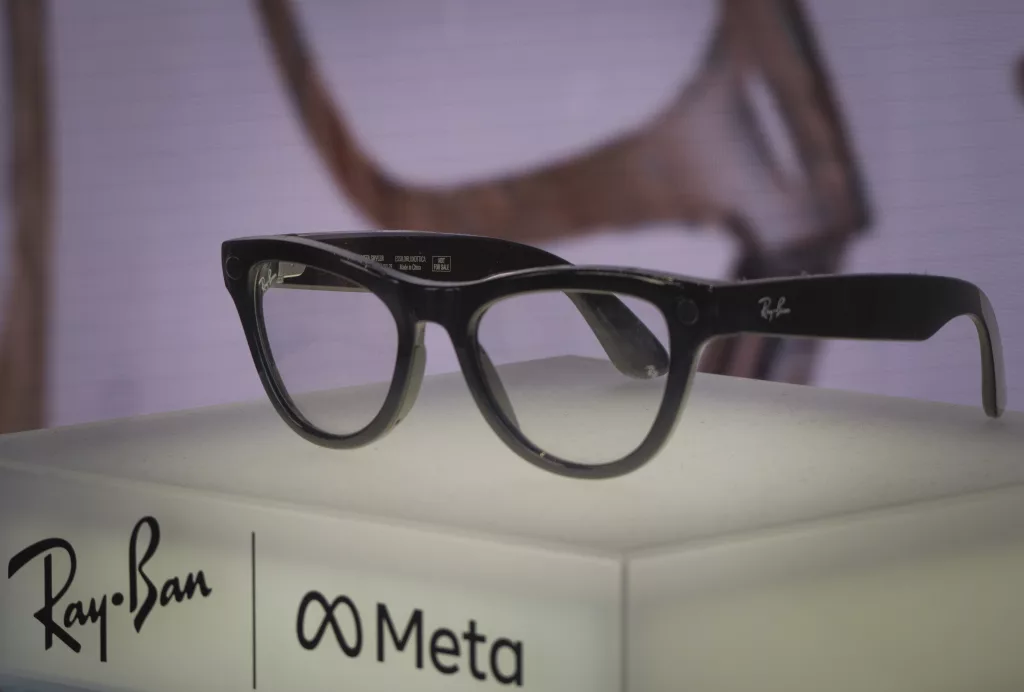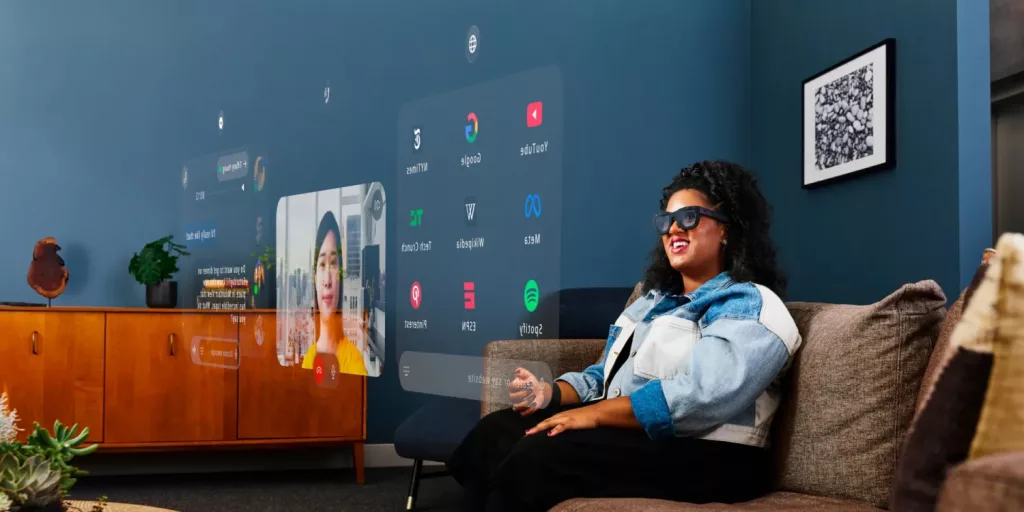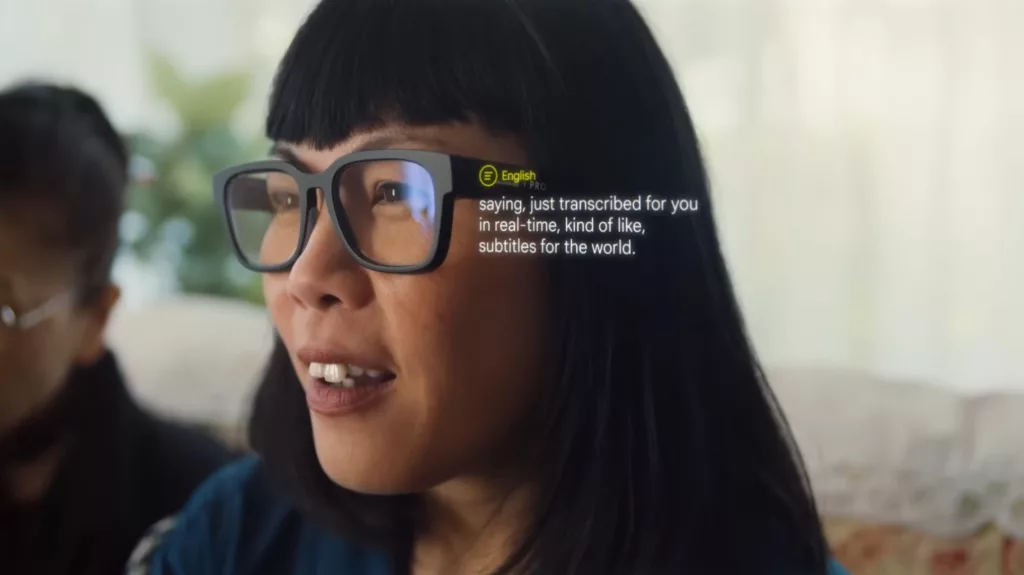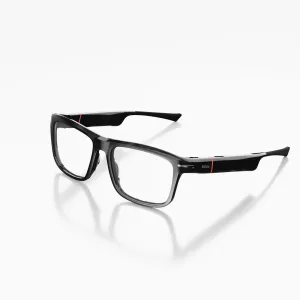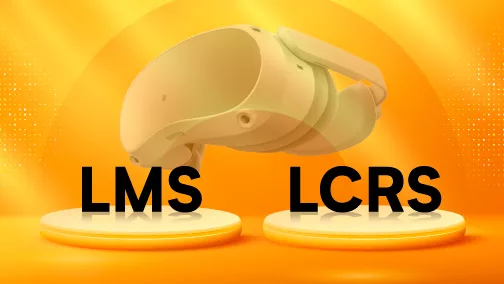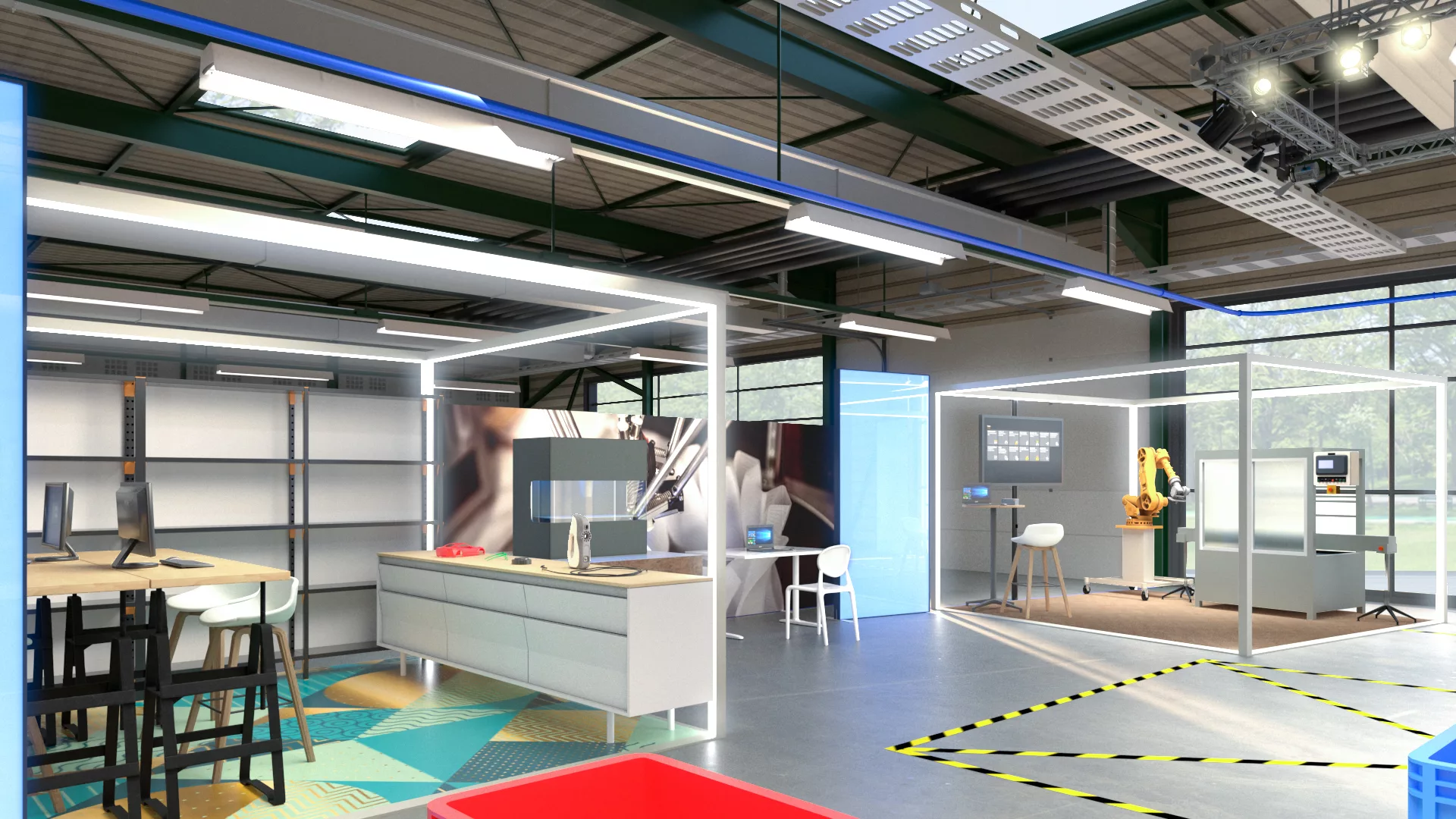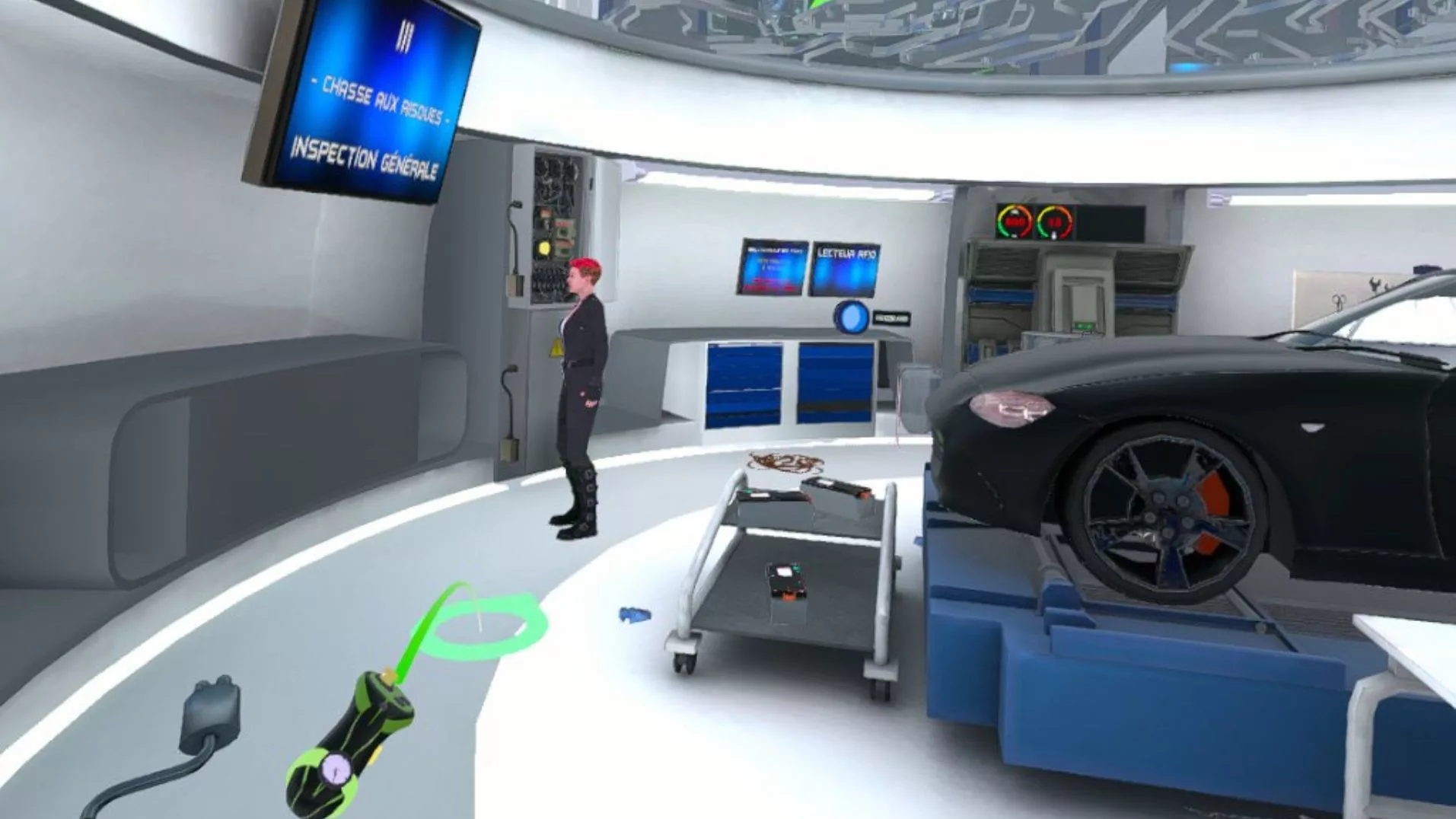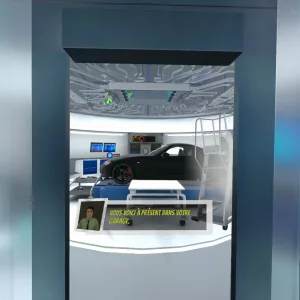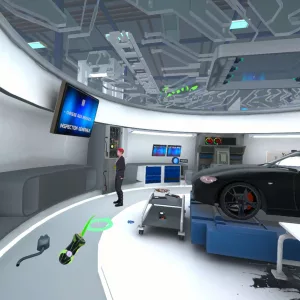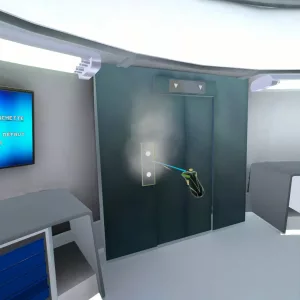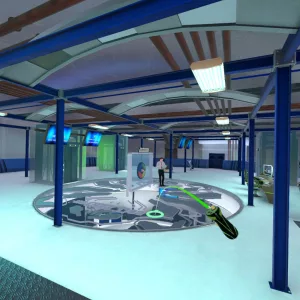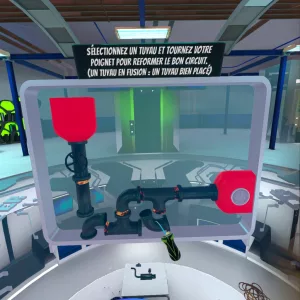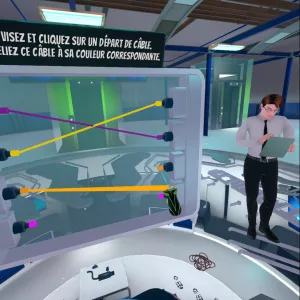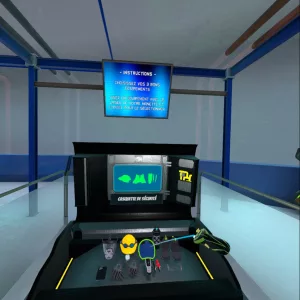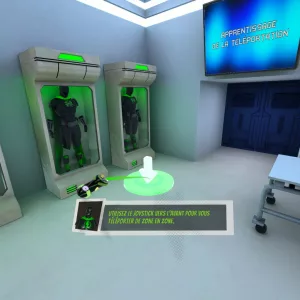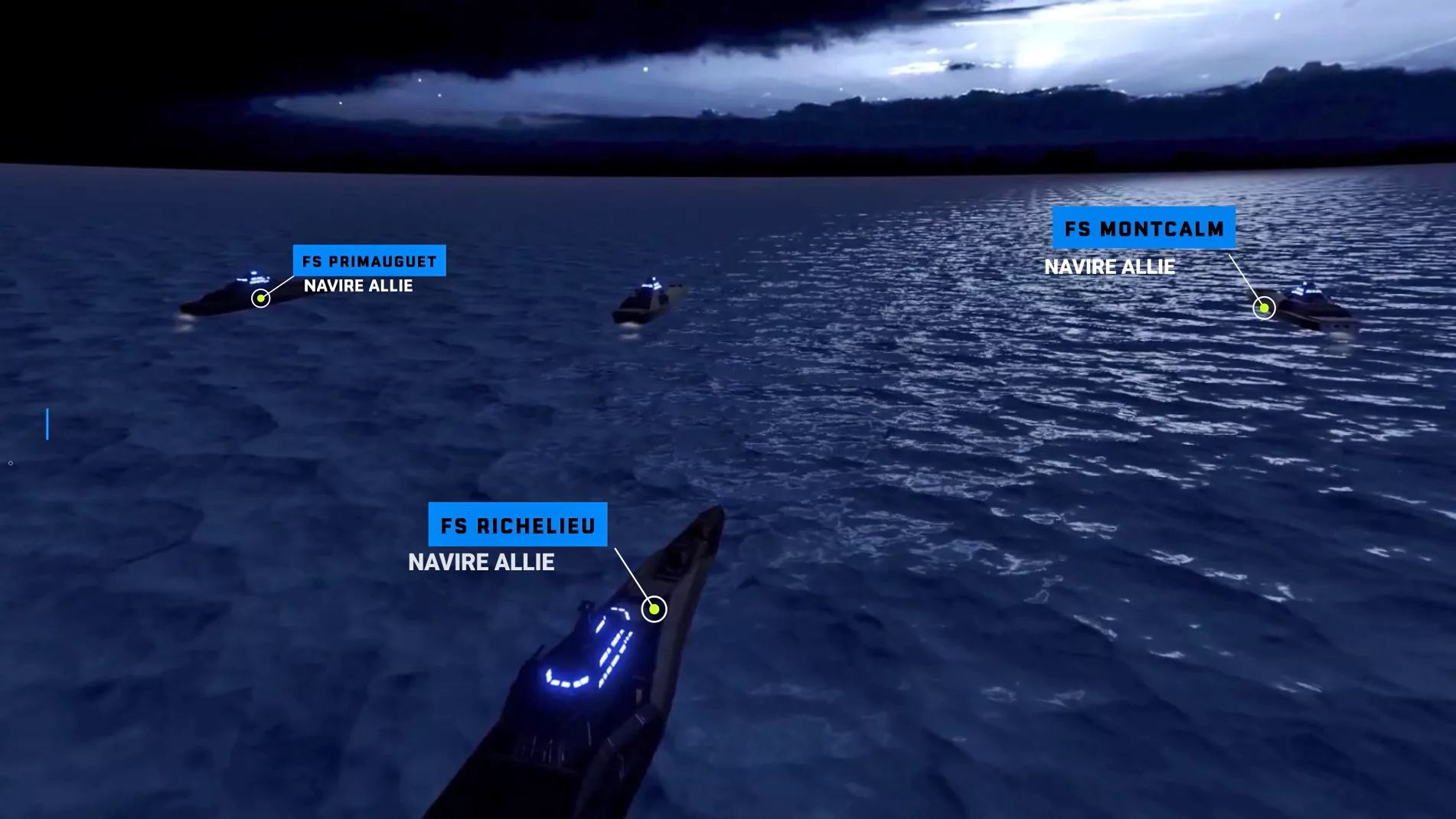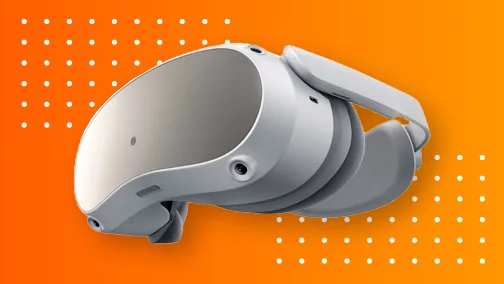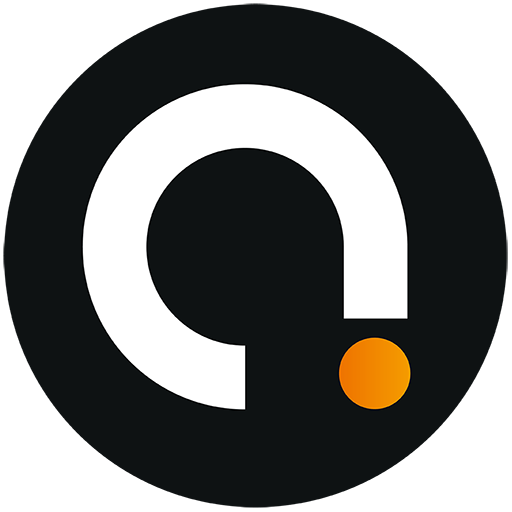Some professional training programs, although essential, suffer from a well-known syndrome: boredom. Workplace safety, cybersecurity, medical protocols, … these vital topics are repeated throughout careers. But how can we captivate employees who feel like they’ve “seen it all”?
This is where the Serious Game makes a difference, transforming these mandatory trainings into interactive and engaging experiences. With unique, sometimes unconventional, and immersive scenarios, it renews learners’ interest while enhancing their skills.
An immersion that challenges certainties.
Rather than recycling the usual theoretical instructions, the Serious Game offers scenarios where the learner becomes an active participant. These simulations can even challenge their certainties by confronting them with dilemmas, unforeseen events, or immersing them in an unfamiliar world. This active approach stimulates reflection and further engages participants.
Concrete examples of applications
- Fire safety: Instead of a reminder of procedures, the learner experiences an emergency evacuation with unexpected obstacles: power outage, victim to rescue, decisions to be made under pressure. The experience simulates real stress, strengthening reflexes.
- Terrorist threat: An interactive session immerses the player in a public place. They must detect suspicious behavior and make quick decisions, which directly influence the scenario.
- Blood transfusion protocol: A realistic simulation introduces medical complications requiring rigorous collaboration and strict adherence to protocols. Each step becomes a critical issue.
These immersive approaches go beyond simple theoretical repetition, renewing interest and firmly embedding skills.
Why it works: science in the service of learning
The success of Serious Games is based on solid neuroscientific foundations. Active learning, which involves challenges and interactions, triggers the release of dopamine, a key neurotransmitter for motivation and memory. This strengthens neural connections and ensures the lasting retention of knowledge.
Moreover, emotional immersion engages the hippocampus, which is essential for memory. By combining emotions and actions, the Serious Game far surpasses traditional methods in terms of knowledge retention.
A major advantage for Generation Z
Accustomed to dynamic digital experiences, Generation Z is particularly receptive to interactive and immersive formats. The Serious Game captures their attention while meeting their need for continuous evaluation through personalized feedback.
These systems, which break away from traditional training, appeal to this generation in search of stimulating and visual content.
Versatile applications
With Audace, the serious game has already adapted to various sectors and challenges, showcasing its versatility. A few examples among many others:
- Nuclear risk prevention: Orano draws inspiration from the series Lost to create a scenario where the player, a survivor of a crash, must complete complex tasks while adhering to the safety protocols of their professional environment to survive.
- Cybersecurity: Naval Group offers a game where the player takes on the role of a spy, testing the company’s digital defenses, effectively raising awareness of best practices.
- Crisis management: Keolis uses interactive simulations to refine the decision-making and interpersonal skills of its managers facing passenger incidents.
These examples show that the Serious Game goes far beyond theoretical learning, offering experiences rich in practical lessons.
The Serious Game redefines professional training by making it more engaging and interactive. With immersive scenarios, solid neuroscientific foundations, and an approach designed for new generations, it transforms routine topics into stimulating and enriching experiences.
Whether it’s to master technical skills, raise awareness of risks, or improve behaviors, the Serious Game has become a key tool to revitalize training that has become ineffective.
With this method, each training becomes a unique learning opportunity, placing motivation and effectiveness at the heart of the experience.

